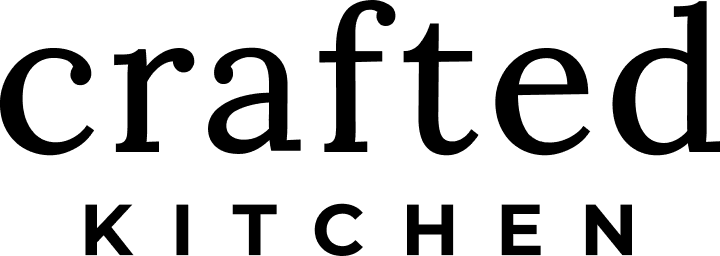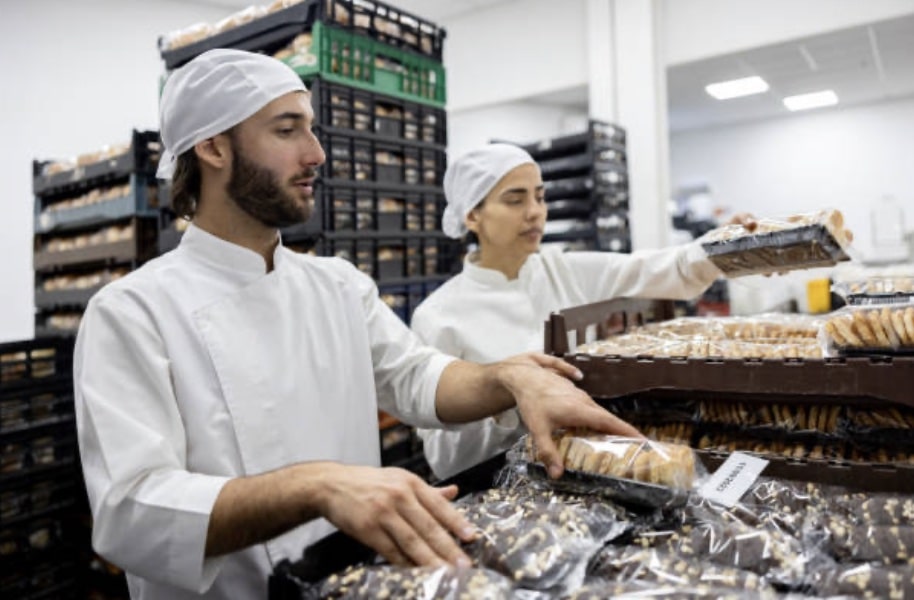If it’s your goal to sell your product, in large quantities, to retailers and distributors, or if you have dreams of getting your product into the hands of more people, let’s get your product ready for wholesale.
We’ve seen too many businesses enter the wholesale journey ill-prepared. Ultimately, that does more harm than good. There’s a lot involved in the wholesale channel, and it can be one of the more complex and expensive channels.
You don’t know what you don’t know, so here are 6 tips to prepare your product for wholesale growth.
Outline your Distribution Plan
Wholesale is a broad term. It’s like saying, “I want to grow into e-commerce.”. There are a lot of moving parts here, so the “one size fits all” mindset is bound to fail. Sorry.
The best place to start is outlining a distribution strategy that best fits YOUR business. What accounts align with your brand? Consider size, locations, specialty, target audience and brand beliefs.
It’s too easy to imagine your product on every shelf across the country. But if an account isn’t strategically aligned with your brand and goals, your sales will suffer and so can your brand identity. In other words, your product isn’t ready for wholesale….at this store.
Define your Product Offering
Some brands have a single product. Others have 20. If you’re new to wholesaling, we’d suggest pitching an account with a narrowed and focused product lineup. It may not include your entire portfolio, and that’s ok. You always want to make it easy for buyers to say, “YES!”
Once your top sellers fly off the shelves, it opens the opportunity for more items to follow.
By using this approach, you eliminate any confusion the buyer might have. They’re able to understand, quickly and clearly, what you do, why you do it, and why stocking it on their shelves will help their margins. Use a needle, not a cleaver.
Prepare your Financials for Negotiations
There is perhaps nothing more important than understanding your numbers. Especially when you want your product ready for wholesale. Of all the distribution channels, wholesale is on the pricey side. There are a lot of cost considerations. You want to outline your COGS and any overhead expenses associated with getting the product from your facility into the customer’s hands. Remember to include shipping costs, logistics, marketing, in-store promotions, brokers, co-packers, packaging, and production costs. (Not sure about your COGS? Check out our free eBook titled “Pricing Fundamentals for Foodpreneurs“
When you fully understand your costs, you can define your “floor”, or how low you can go and remain profitable. Wholesale is heavily negotiated; everyone is making sure their financial goals are met. Don’t walk into these conversations without knowing the potential impact these negotiations have on your business.
Although it may feel as if the buyer/broker/distributor has the upper hand, you have power, too. If you can’t afford what they’re asking for, offer them what you can afford. And remember, if the deal doesn’t make sense for your business, just say no.
Marketing and Promotional Plan
One of the biggest misconceptions of retail is believing that getting on the shelf is the end goal. It is not. There’s getting on the shelf, getting off the shelf and being removed from the shelf. To land (and stay) on shelves, you and your product have to be ready for wholesale.
Retail is very competitive and, just like you, there are brands vying for that spot on the shelf.
Once you’ve made it on the shelf, what’s you in-store promotional plan? Demo’s? BOGO’s?, Recipe cards? To stay in stores, you need an in-store plan. Consider:
- How will shoppers know your product is available at various retailers?
- Once on the shelf, how will you drive attention to your product?
- What’s your plan for communicating your unique value when your product is sitting right beside a competitive brand?
After all, you’re responsible for the in-store success of your brand. Although retailers have different marketing and promotional opportunities you may be able to tap into, we wouldn’t advise relying on those programs to get your product off the shelf and into customer carts.
Prepare your Manufacturing and Supply Chain
You know the phrase “You only have one chance to make a first impression”? When you’ve secured a retail account, the buyer has a certain level of trust in you, so long as their orders will arrive in full, on time, and undamaged is critical to maintaining the relationship. Is your product ready for wholesale?
When you sell products in mass quantities, all of a sudden, you have to produce in mass quantities. As a result, your manufacturing and supply chain cannot be an afterthought.
The product must be produced, consistently, at the level of quality that the buyer approved.
Are your production and supply chain reliable? What if you use a specialized ingredient? What if your supplier runs out? A couple of years ago, there was an egg shortage. If you’re making ice cream, what’s your back-up plan?
Before walking into your first pitch meeting, outline your needs and costs. Don’t think you can do it all on your own. Otherwise, your ducks aren’t in a row before you start scaling production.
Prepare to Pitch
At first, to get products ready for wholesale, you’ll be going through a buyer. On balance, a retail buyer is responsible for getting the right products to their customers, at the right time, and in a profitable way.
In brief, pitch meetings do not come without preparation and follow-up. Being that there are many brands competing for the same shelf space as you, the process may take time. An important thing to realize: that’s part of the process.
For this reason, research the retailer. What competitive products do they already carry? Who, really, is their target customer? How well does your brand align with their values?
Not to mention, your pitch meeting won’t be very long. In this situation, use the time wisely. To begin with:
- Point our your well-defined USP
- How does that USP align with their store?
- How does that USP align with their shoppers?
- Provide data on your velocity (in other retailers)
- Provide data on your growth
- Illustrate to the buyer how your product will help them reach their goals
In summary, wholesale can be a great channel and it may have a place in your business strategy. It may be for some brands even though it’s not others. If it makes sense for you, use these 6 tips to get your product ready for wholesale. In brief, you owe it to your business to understand the benefits, drawbacks, considerations, and expectations.
Want help getting your product ready for wholesale? At Crafted Kitchen, we provide tools and resources to propel your food business. We also offer affordable, flexible commercial kitchens in Los Angeles. Give us a call. We’d love to help you nail it.
Crafted Kitchen is a shared use commercial kitchen in the Arts District of Los Angeles. We offer flexible kitchen rentals to small food businesses. Rent a kitchen today!


Leave a Reply